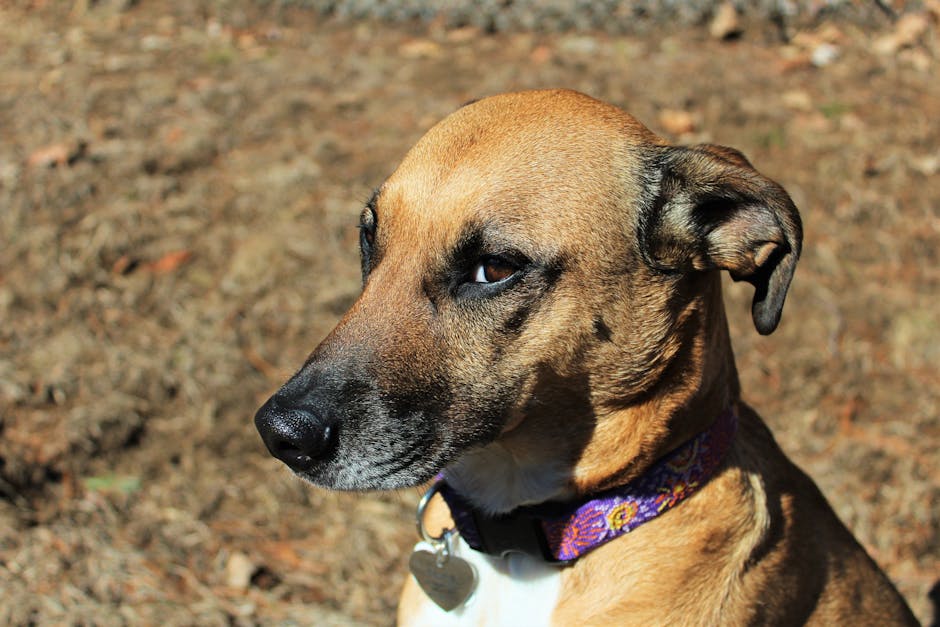Every dog owner dreams of a well-behaved companion, one that eagerly obeys commands, walks politely on a leash, and mingles seamlessly in social situations. While training a dog may seem like a daunting task, it's entirely achievable with patience, consistency, and a few proven techniques. Here's a comprehensive guide to help you embark on this rewarding journey.
**1. Establish Yourself as the Leader**
Dogs are pack animals, and they naturally seek a leader to guide them. As the owner, you must establish yourself as that leader by setting clear boundaries and enforcing them consistently. This doesn't mean being harsh or domineering; it simply involves providing structure and guidance while respecting your dog's individuality.
**2. Harness the Power of Positive Reinforcement**
Dogs are highly motivated by rewards, so positive reinforcement is a key component of successful training. Whenever your dog exhibits desired behavior, such as sitting on command, praise them enthusiastically, offer a treat, or engage in a fun activity. This positive association will reinforce the desired action and encourage your pup to repeat it.
**3. Use Clear and Consistent Commands**
Dogs don't understand human language, so it's crucial to use short, clear commands. Stick to a consistent set of words for each action and avoid using confusing or ambiguous phrases. For instance, always say "sit" when you want your dog to sit, rather than using different terms like "down" or "settle."
**4. Practice Patience and Consistency**
Training a dog takes time and patience. Don't expect your pup to master every command overnight. Practice with them regularly, even for short periods, and be consistent with your expectations. Avoid becoming frustrated or punitive if your dog makes mistakes; remember that they are still learning and will eventually get it right.
**5. Train in a Variety of Environments**
Dogs need to generalize their training to different situations. Don't limit your training sessions to just one location. Practice in the park, on the sidewalk, and in your home. This will help your dog understand that the desired behavior is expected in all contexts.
**6. Focus on Basic Commands First**
Start with teaching your dog the fundamental commands such as sit, stay, come, and heel. Once they have mastered these basics, you can progress to more advanced training, such as walking calmly on a leash or ignoring distractions.
**7. Consider Professional Help**
If you encounter difficulties or feel overwhelmed, don't hesitate to seek professional help from a certified dog trainer. They can provide personalized guidance, address specific behavioral issues, and help you develop a tailored training plan for your beloved companion.
**8. Enjoy the Journey**
Dog training should be an enjoyable experience for both you and your pup. Approach it with a positive attitude, have fun, and celebrate your dog's progress along the way. Remember that a well-trained dog is not only a joy to have around but also a testament to the strong bond you share.
